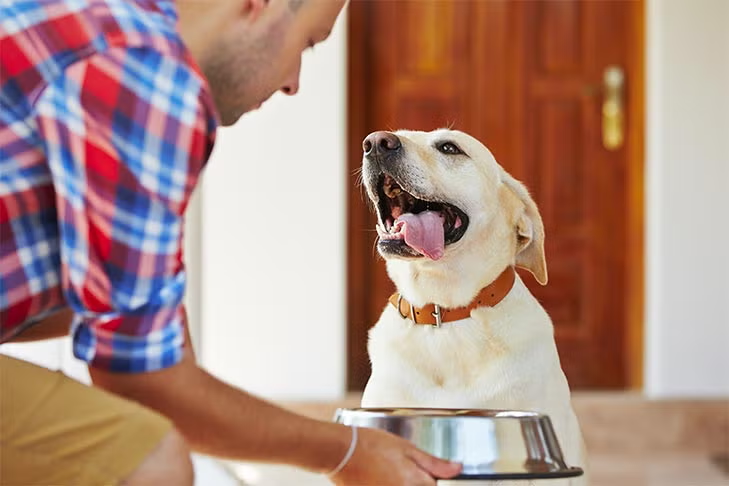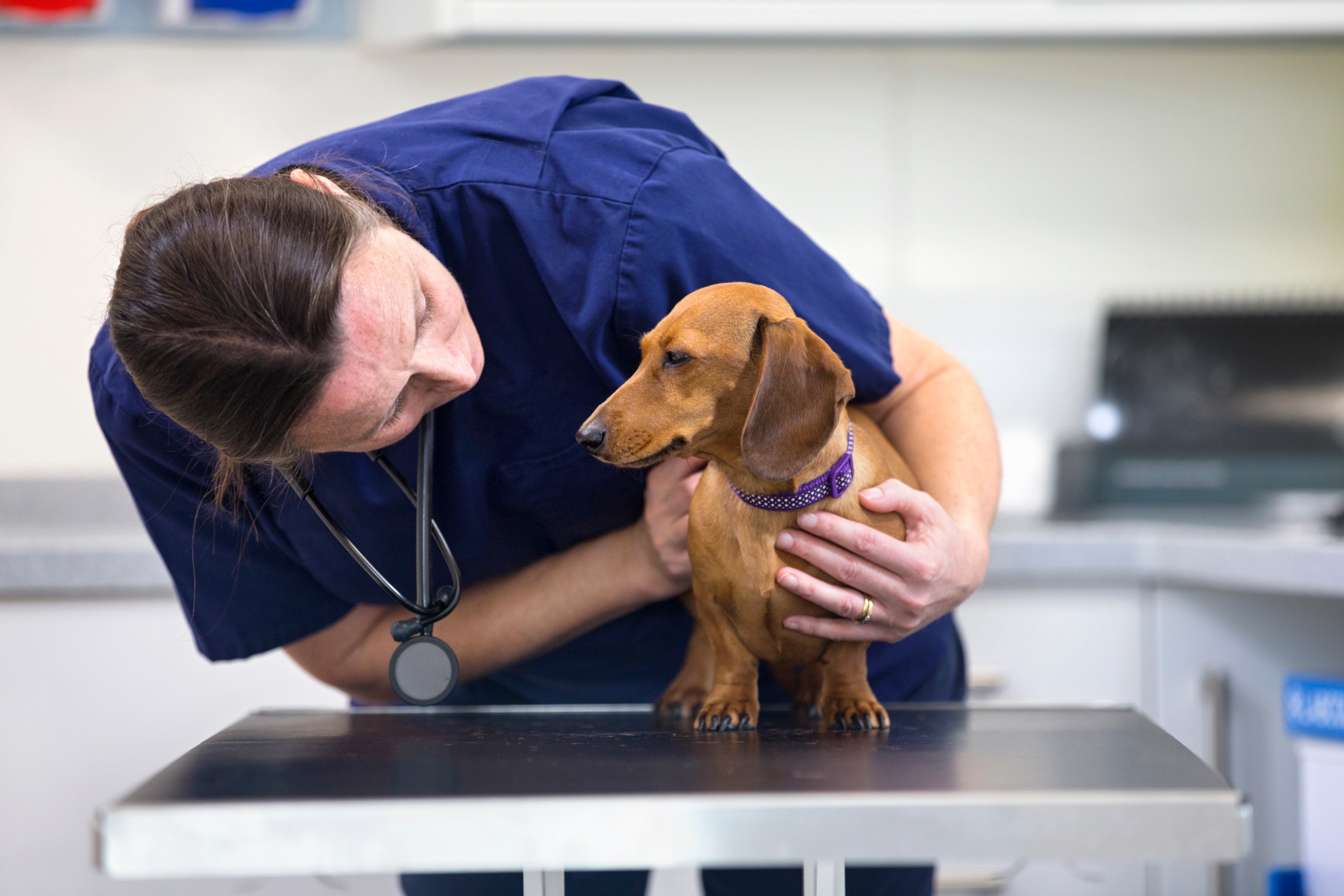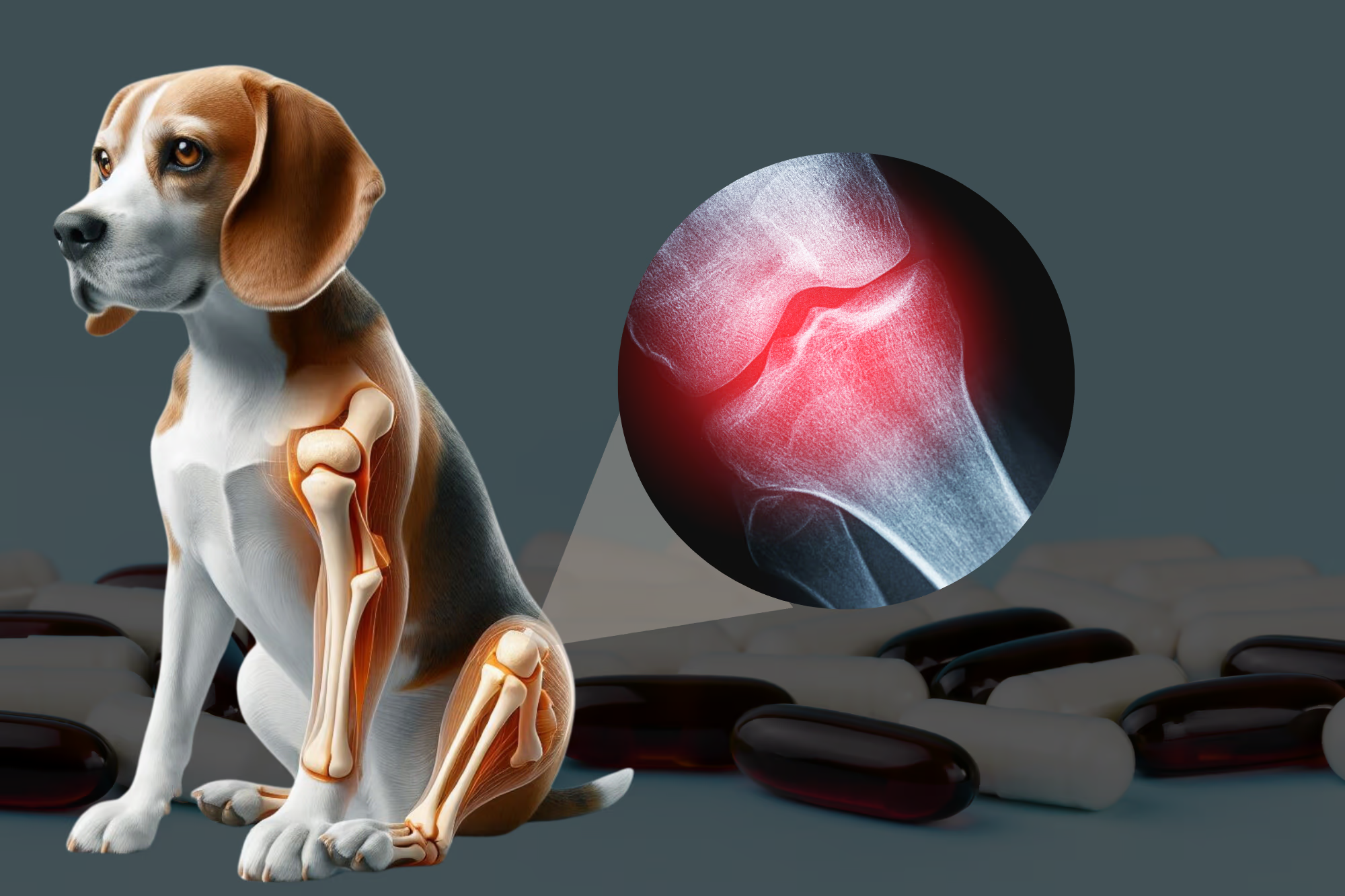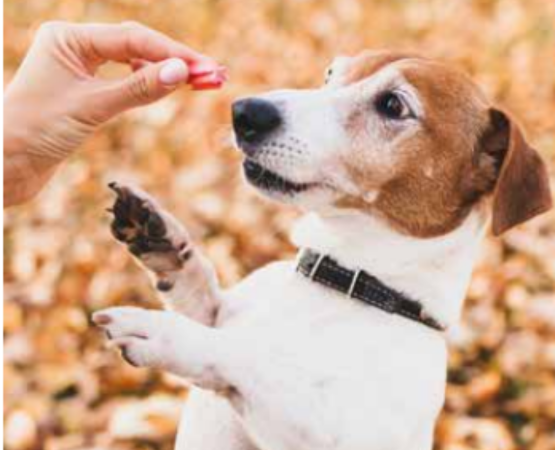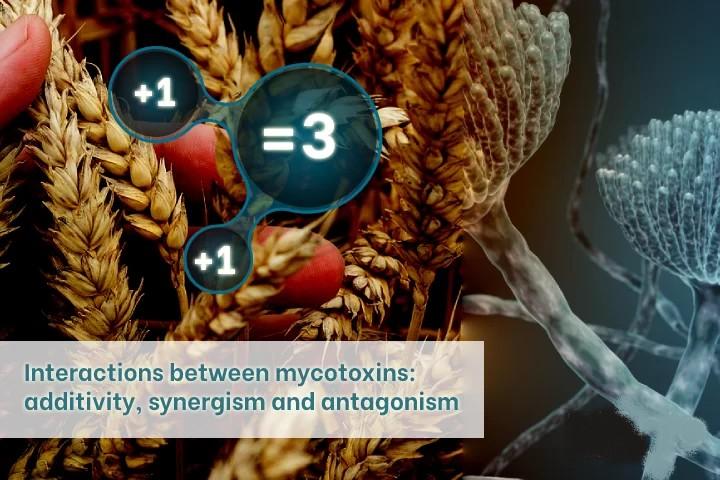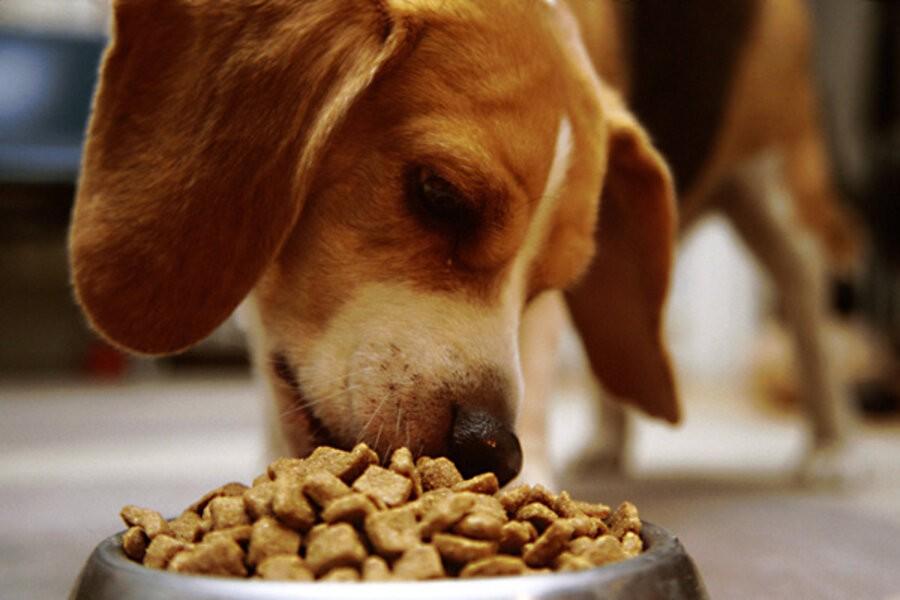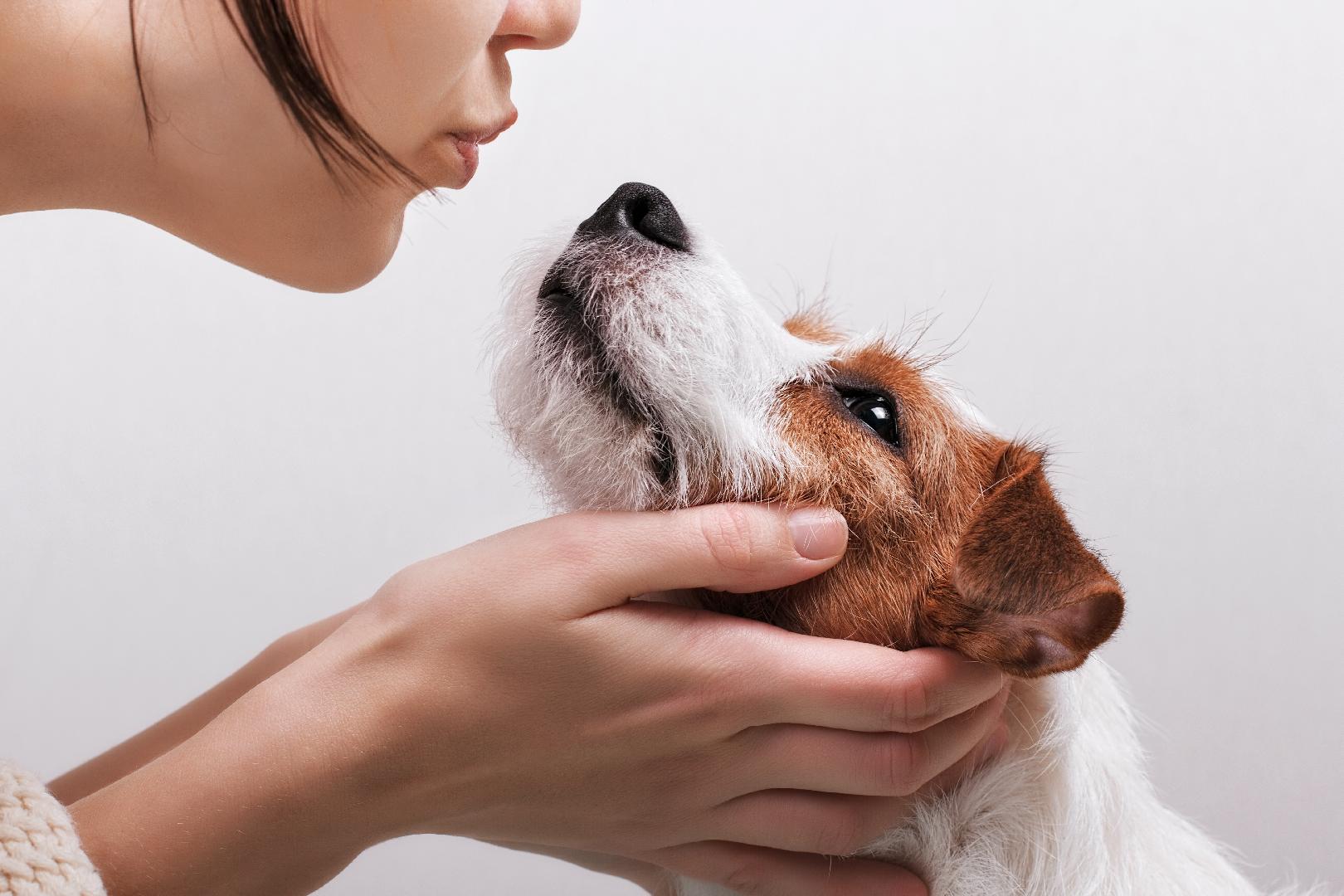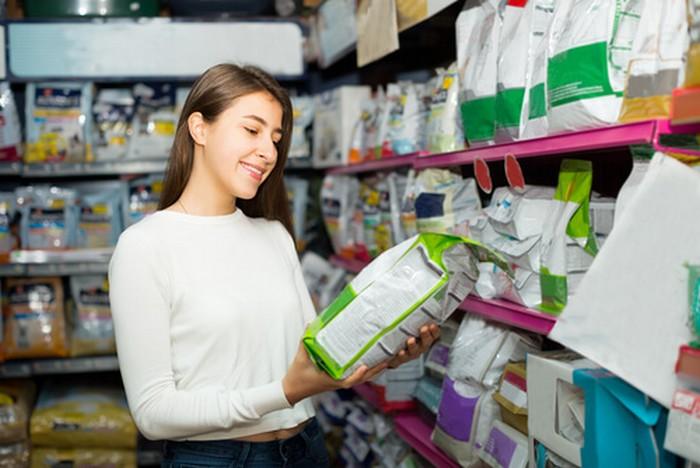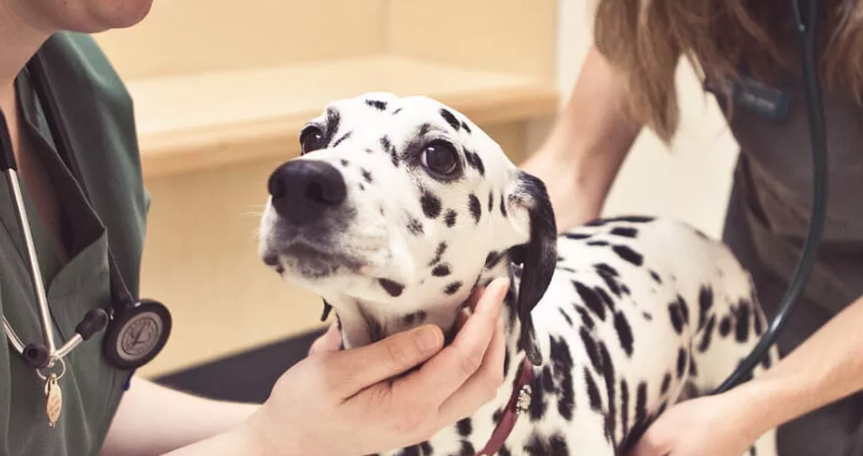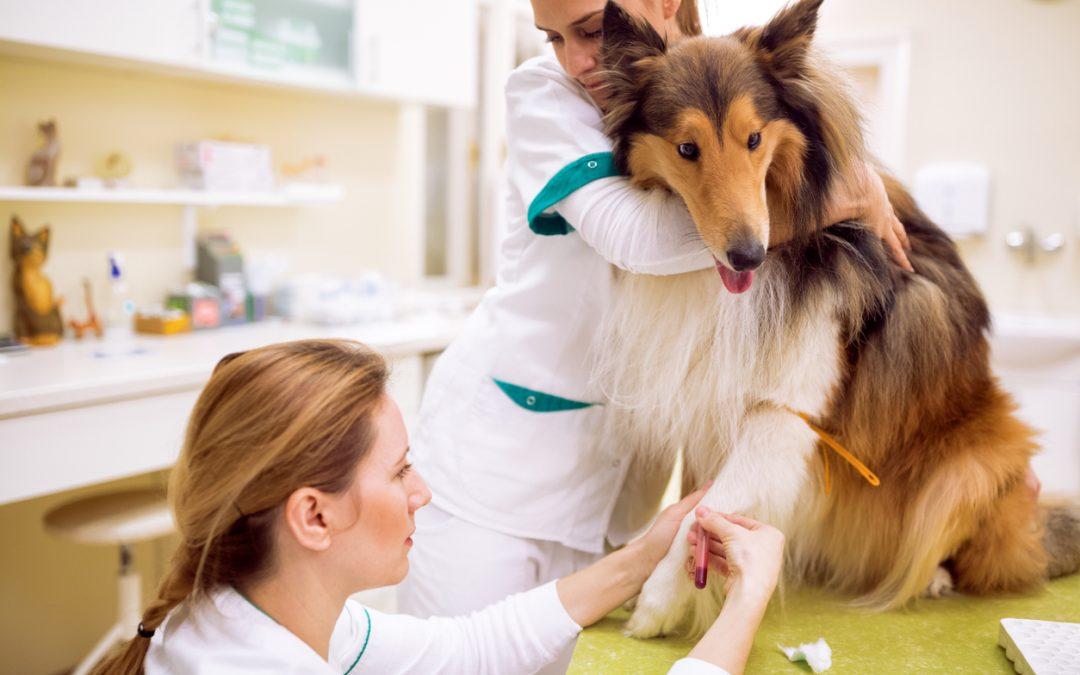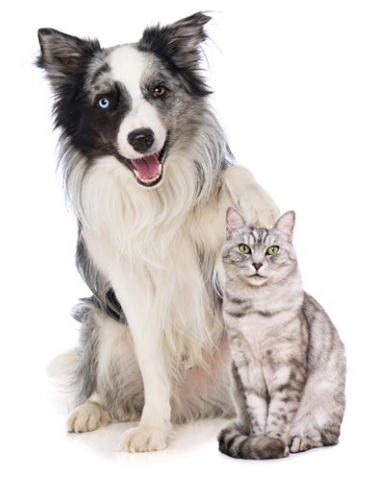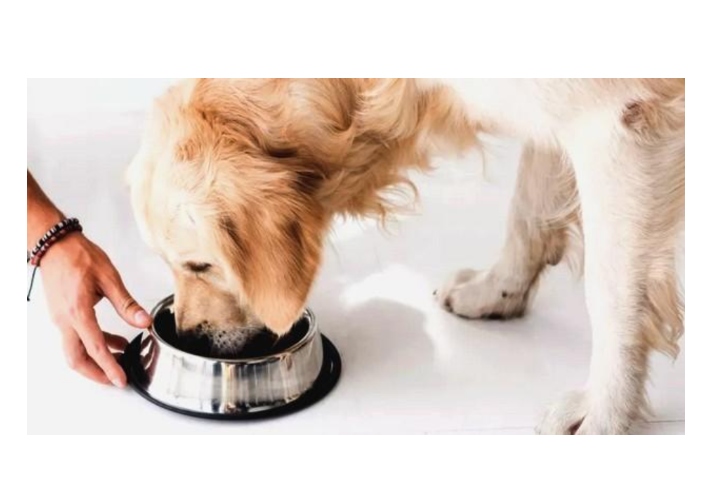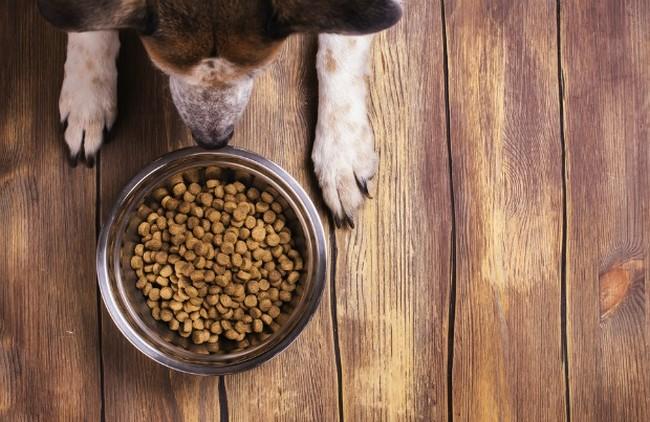21/01/2025
Arthritis in Dogs: The Use of Chondroitin and Glucosamine
Osteoarthritis in dogs is a chronic inflammatory disease that requires nutritional control along with conventional treatment.
It is diagnosed when the animal's mobility is affected and by being a disease without a cure, it should be prevented and controlled (RYCHEL et al., 2010). Dogs with arthritis not only require a conventional treatment but also special nutritional control with nutraceutical food supplements.
Glucosamine and Chondroitin Supplementation and its Results in Dogs are Widely Recommended to Prevent and Treat the Disease
Supplementation of glucosamine and chondroitin is highly recommended by veterinarians to prevent and treat osteoarthritis (RYCHEL et al., 2010). Classified as chondroprotective agents, they are basic components of the cellular matrix and the synovial liquid and contribute to the synthesis of glycosaminoglycans and proteoglycans —building blocks in the cartilage formation (BEALE et al., 2004).
Based on that, several research have been conducted to explain the use of glucosamine and chondroitin when treating dogs with articular problems. Although research show beneficial clinical effects, proof vary according to the function in formulation and additional active principles in the commercialized supplements (BHATHAL et al., 2017).
Articular Anatomy and Arthritis
Cartilage is a conjunctive specialized tissue, mainly formed by an extracellular matrix made up of type II collagen and chondrocytes, among other molecules. In arthritis, the articular cartilage is damaged affecting other structures, such as ligaments, synovial membranes, and meniscus (ARDEN y LEYLAND, 2013; LOESER, 2013). Clinical signs manifestation, e.g. pain and limp, can be related to cytokines and chemokines that work directly on articular nociceptors.
Moreover, they promote neovascularization in articulations and meniscus, where compressive strength and hypoxia stimulate the development of new sensory nerves.
Regarding risk factors, males are more prone than females; this can be related to differences in hormones and the body condition score (HAYS et al., 2007). In addition, neutered dogs develop articular diseases as their sexual hormones, which work as chondroprotective agents, are at lower levels. The procedure is also associated with an increase in weight. Finally, there are breeds prone to develop this condition, such as golden retrievers, Labrador retrievers, Rottweilers, and German shepherds (ANDERSON et al., 2018), because of their high body weight and conformation-related hereditary defects (ASHER et al., 2009).
In general, arthritis is diagnosed when the animal shows modified mobility combined with other risk factors and is rarely diagnosed during the initial stage (MOSHER et al., 2013). These are some of the trials to diagnose the disease: x-ray and computed tomography, along with the medical record and the physical examination of the animal, using a test known as Ortolani's sign (BOHRER, 2002), which consists of flexing the lower limbs, followed by the abduction of the thigh, that allows the evaluation of a cracking noise when moving it.
Nutraceutical Food Supplements Containing Glucosamine and Chondroitin for Arthritis Treatment
Nutraceuticals are food supplements elaborated in purified or extracted ways that are orally administered to provide the necessary compounds to the organism's physiology; its aim is to improve health and well-being (ARONSON, et al., 2017). Being food supplements, formal testing is not required for commercialization, so market access is easier. Therefore, there is a wide range of these products with differences in composition, doses, and the combination of other active principles.
Because of the synergy action of compounds (LIPPIELLO et al., 2000), the combination of glucosamine and chondroitin is recommended for treating and preventing arthritis (MILLIS and LEVINE, 2014) among the available nutraceuticals for dogs. In dogs, it is recommended a 2-6 weeks oral treatment to show clear therapeutical effects (PLUMB et al., 2015), such as reducing the overall pain and increasing the percentage of the neoformed subchondral bone (ELEOTÉRIO et al., 2015).
Research by Silva et al. (2022), evaluated analgesic effects of carprofen, associated or not to the combination of glucosamine and chondroitin, in the treatment of dogs with osteoarthritis. Researchers concluded that animals evaluated with carprofen associated with glycosaminoglycans showed a significant increase in controlling limp.
Moreover, Tudury et al. (2022) evaluated the use of chondroitin-sulfate-based nutraceuticals, glycosaminoglycans, and manganese in preventing intervertebral disc damage in dachshund dogs. It was observed that administrating this supplement in the first year of life reduced the number of disc mineralization in the thoracolumbar spine.
However, due to the difference between the formulations and additional active principles in commercialized supplements (BHATHAL et al., 2017), some studies have not found significant effects of these compounds on osteoarticular diseases in dogs.
It should be noted that when diagnosing it early, physiotherapy is an ally that stabilizes the condition, in addition to the use of nutraceutical. At the same time, hydrotherapy, laser therapy, thermotherapy, and therapeutical ultrasound contribute to physical rehabilitation, increasing the production of extracellular matrix (Canário, 2021).
Table 1. Concentration levels of glucosamine and chondroitin in main studies.
Conclusion
As it is a disease without a cure, it should be prevented and controlled to minimize the animal discomfort. Therefore, it is important to conduct more research to clarify the real influence of using glucosamine and chondroitin when treating dogs with articular problems, contributing to the treatment and the diagnosis of affected animals.
By: Julia Santos Rodrigues, Thainá Batista de Medeiros, Eduarda Lorena Fernandes, Heloísa Lara Silva, Laiane da Silva Lima, Lorenna Nicole Araújo Santos, Renata Bacila Morais dos Santos de Souza, Ananda Portella Félix, Simone Gisele de Oliveira - Universidade Federal do Paraná.
Source: All Pet Food Magazine
References
ANDERSON, Katharine L. et al. Prevalence, duration and risk factors for appendicular osteoarthritis in a UK dog population under primary veterinary care. Scientific reports, v. 8, n. 1, p. 1-12, 2018.
ARDEN NK, LEYLAND KM. 2013. Osteoarthritis year 2013 in review: clinical. Osteoarthritis and Cartilage, 21 (10): 1409-1413.
ARONSON, Jeffrey K. Defining 'nutraceuticals': Neither nutritious nor pharmaceutical. British journal of clinical pharmacology, v. 83, n. 1, p. 8-19, 2017.
ASHER, Lucy et al. Inherited defects in pedigree dogs. Part 1: disorders related to breed standards. The Veterinary Journal, v. 182, n. 3, p. 402-411, 2009.
BEALE, Brian S. Use of nutraceuticals and chondroprotectants in osteoarthritic dogs and cats. Veterinary Clinics: Small Animal Practice, v. 34, n. 1, p. 271-289, 2004.
BHATHAL, Angel et al. Glucosamine and chondroitin use in canines for osteoarthritis: A review. Open veterinary journal, v. 7, n. 1, p. 36-49, 2017.
ELEOTÉRIO, R. B. et al. Chondroitin sulfate and glucosamine in the cartilage and subchondral bone repair of dogs-Histological findings. Arquivo Brasileiro de Medicina Veterinária e Zootecnia, v. 67, p. 325-333, 2015.
HAYS, Laurel et al. Quantitative genetics of secondary hip joint osteoarthritis in a Labrador Retriever–Greyhound pedigree. American journal of veterinary research, v. 68, n. 1, p. 35-41, 2007.
LAMOUNIER, LYSSON RODRIGO et. al. Osteoartrose de quadril em cães e gatos: Revisão. v.17, n.0, p.1-13, 2023.
LIPPIELLO, Louis et al. In vivo chondroprotection and metabolic synergy of glucosamine and chondroitin sulfate. Clinical Orthopaedics and Related Research®, v. 381, p. 229-240, 2000.
Millis DL, Levine D. 2014. Canine rehabilitation and physical therapy. Second edition. Saunders, Philadelphia, p. 784.
Mosher TJ, Walker EA, Petscavage-Thomas J et al. 2013. Osteoarthritis year 2013 in review: imaging. Osteoarthritis and Cartilage, 21(10):1425-1435.
PLUMB, D. C. Glucosamine/chondroitin sulfate. Plumb's Veterinary Drug Handbook (Eighth ed.). Stockholm, Wiscoconsin, USA: Pharma Vet Inc, 2015.
RYCHEL, Jessica K. Diagnosis and treatment of osteoarthritis. Topics in Companion Animal Medicine, v. 25, n. 1, p. 20-25, 2010.
SILVA, L. G.; FERREIRA, G. A. S.; MORAES, P. C. Uso do carprofeno associado aos glicosaminoglicanos em cães com osteoartrite. Revista de Educação Continuada em Medicina Veterinária e Zootecnia do
CRMV-SP, São Paulo, v. 20, n. 1, 2022.
TUDURY, E. A. et al. Efeitos da suplementação com nutracêuticos sobre a calcificação de discos intervertebrais em cães da raça Dachshund. Medicina Veterinária, v. 16, n. 1, p. 25–33, 2022.
